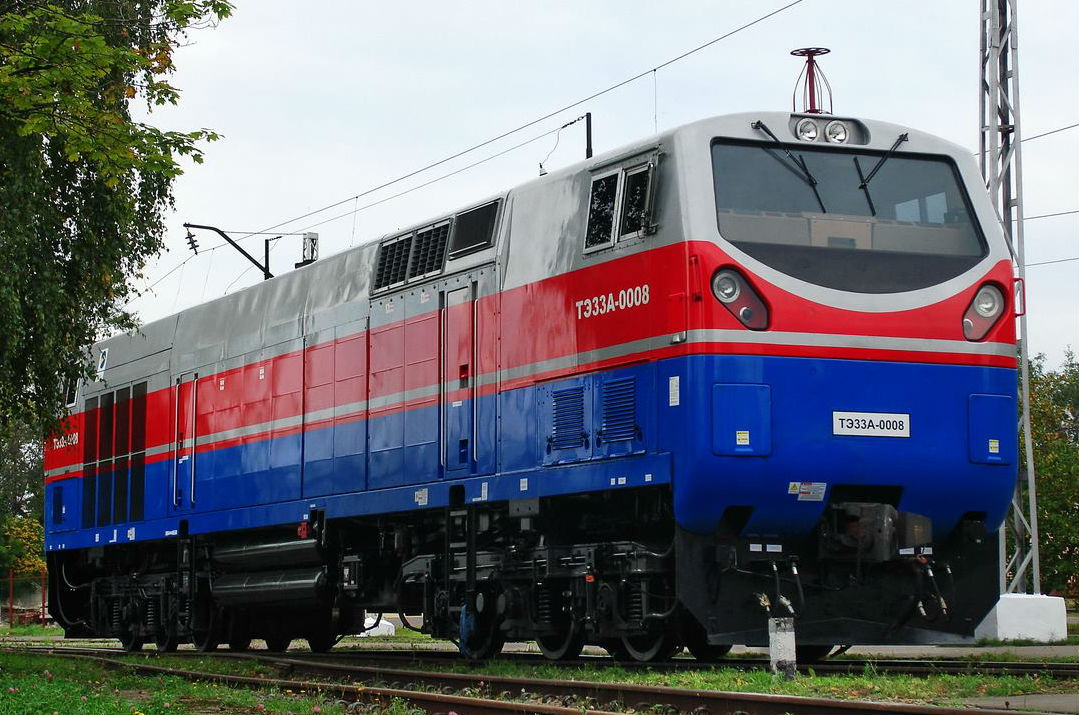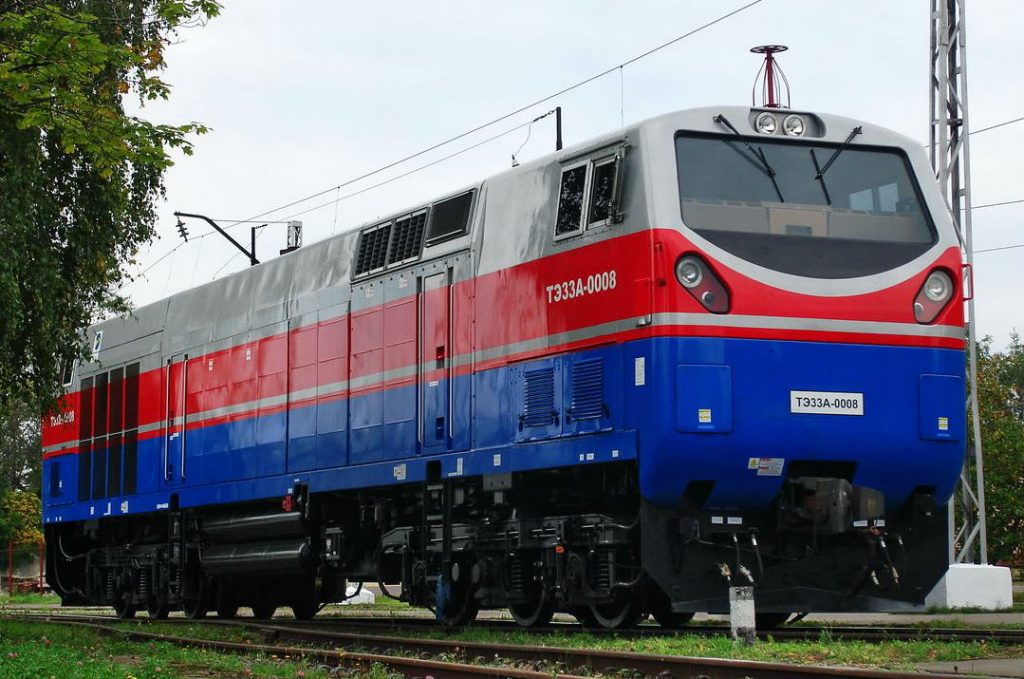 When I was an eight-year-old boy growing up in London in the late 1970s, my schoolteacher asked our class to show on the map where in Britain our parents were born. When it was my turn, I walked to the other side of the blackboard where the world map hung and proudly exclaimed that my parents came from Ukraine.
When I was an eight-year-old boy growing up in London in the late 1970s, my schoolteacher asked our class to show on the map where in Britain our parents were born. When it was my turn, I walked to the other side of the blackboard where the world map hung and proudly exclaimed that my parents came from Ukraine.
But when everyone looked at the map, I was horrified to discover that the country I had so excitedly announced wasn’t there; instead, there was just a colossal landmass identified as the Union of Soviet Socialist Republics. I tried to convince the class that such a country really did exist, but I didn’t have much luck: it simply wasn’t on the map.
That was my first attempt at promoting Ukraine in public, and it wasn’t a great success.
These days, I make a living advocating for businesses in Ukraine, and I’m still running into barriers. As in my London classroom, many American and international investors haven’t yet detected Ukraine on their radar screens.
That’s not necessarily surprising. For many years, the country was mismanaged by a small cohort of greedy oligarchs and their cronies, and it became internationally recognized as a haven of corruption and vested interests, a terrain inhospitable to foreign investors.
That now appears to be changing.
Just two months ago, President Petro Poroshenko invited me to the first meeting of Ukraine’s National Investment Council, a platform for dialogue between business, government, and the global investment community. Around the table sat two dozen leading global chief executives of companies with a combined market capitalization in excess of $900 billion. These top bosses had flown into Kyiv especially for the meeting.
And some of them are already benefiting from Ukraine’s resilient economy and financial reforms.
Cargill, for example—America’s largest privately owned corporation—is in the final stages of constructing a deep water terminal on the Black Sea near Odesa. The facility will accommodate post-Panamax vessels and provide transshipment of Ukrainian grain to customers across the globe.
But Ukrainian farmers have been crippled in their efforts to export millions of tons of grain, due to the overloaded national railway system. Enter General Electric. GE Senior Vice President Jamie Miller was at the table and shared details of a recently-signed diesel locomotive framework agreement with Ukraine, valued at over $1 billion. GE will provide thirty new locomotives to Ukraine’s state railway later this year, and will supply a total of 225 engines over the next decade, with up to 40 percent of parts and production taking place in Ukraine.
Also at the table was Lakshmi Mittal, the London-based chairman and CEO of ArcelorMittal, the world’s number one steelmaking company. His business has already invested $9 billion over the years in Ukraine’s largest steel mill.
New York-headquartered companies Bunge and Westinghouse are also actively expanding in Ukraine. The former recently launched a new $280 million oilseed refinery, terminal, and grain storage in the port of Mykolaiv. The latter now supplies nearly half of Ukraine’s nuclear fuel—which is significant in a country where nuclear power accounts for 55 percent of electricity generation.
The American Chamber of Commerce in Ukraine has been monitoring the investment climate since 1991. Unmistakably, Ukraine has implemented more reforms since the Revolution of Dignity in 2014 than it did over the previous two decades.
This positive trend is highlighted in the World Bank’s Doing Business ranking, the institution’s signature report on the ease of doing business around the world. Ukraine leapt an impressive sixty-one positions between 2013 and 2018, from 137th place to 76th. The criteria indicate better—usually simpler—regulations for businesses and stronger protections for property rights. Our own survey earlier this year demonstrated that 63 percent of members of the American Chamber of Commerce saw their business grow in Ukraine in 2017. Out of 600 member companies, 82 percent reported that they are planning to expand their business in Ukraine this year.
Ukraine’s National Bank has done a commendable job cleaning up the banking system, imposing more stringent regulations, and closing ninety of the country’s 180 banks. This cleanup of a dysfunctional banking sector dominated by oligarch-owned banks has resulted in fewer but bigger and more transparent lenders.
By no means is Ukraine out of the woods yet, however. Much still needs to be done to prove to investors that there is no going back to the old ways of doing business.
Continuation of the IMF program is absolutely essential to return investors’ trust. Ensuring the rule of law through full-scale judicial reform, removing unlawful pressure on business, and assuring protection of intellectual property rights are just a few of the key reforms Ukraine still needs to undertake. The country is also not done eradicating the oligarchic system and replacing it with a functioning market economy.
Unlike forty years ago, my former schoolteacher and all of my old classmates would probably find it relatively easy to find Ukraine on a world map today. But the country doesn’t yet fully register in international business circles. Now is the time for strategic global investors to take another good look at Ukraine and what it has to offer.
Andy Hunder is president of the American Chamber of Commerce in Ukraine.
Image: The first General Electric TE33A locomotives will arrive in Ukraine by the end of 2018. Credit: National Investment Council of Ukraine

